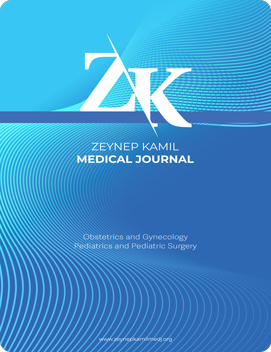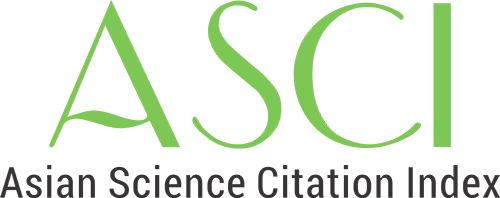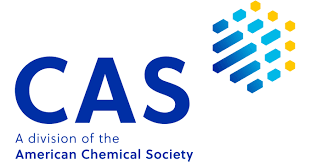Quick Search
Does detection of follicle rupture affect success in intrauterine insemination cycles? A tertiary center experience
Çiğdem Yayla Abide1, Belgin Devranoğlu1, Nurullah Peker2, Ebru Çöğendez1, Pınar Kumru11Department of Obstetrics and Gynecology, University of Health Sciences, Turkey. Zeynep Kamil Maternity and Childrens Training and Research Hospital, İstanbul, Türkiye2Department of Obstetrics and Gynecology, Dicle University Faculty of Medicine, Diyarbakır, Türkiye
INTRODUCTION: The aim of this study is to investigate the effect of intrauterine insemination (IUI) performed simultaneously with ultrasound detected follicular rupture during biological reproduction window on pregnancy rates in patients with unexplained infertility undergoing ovulation induction (OI) cycles with gonadotropins.
METHODS: Three-hundred and twenty-five patients with unexplained infertility were included in this prospective cohort study, who received recombinant follicular stimulating hormone (75150 IU/day) or Human Menopausal Gonadotropin starting from the 2nd to 3rd days of the cycle. IUI was carried out with ultrasonographic monitoring of the follicles. The presence of free fluid within the Douglas pouch, detection of corpus luteum, and/or loss of the dominant follicle was interpreted as follicular rupture. Pregnancy rates with or without follicular rupture were compared after 14 days.
RESULTS: Among those with follicular rupture, the time between administration of recombinant hCG and IUI was significantly longer as compared to those without follicular rupture (p<0.001). β hCG was positive at 14 days after IUI in 19.01% (31/163) and 13.92% (22/158) of the cases with or without follicular rupture, respectively. The difference in pregnancy rates was not significant (p=0.219).
DISCUSSION AND CONCLUSION: IUI simultaneously performed with ultrasound-detected follicular rupture in OI cycles with gonadotropins does not increase pregnancy rate.
Manuscript Language: English
















